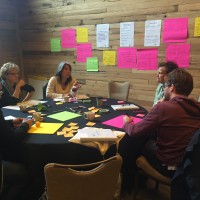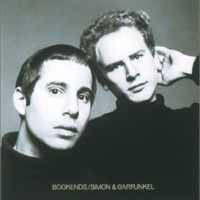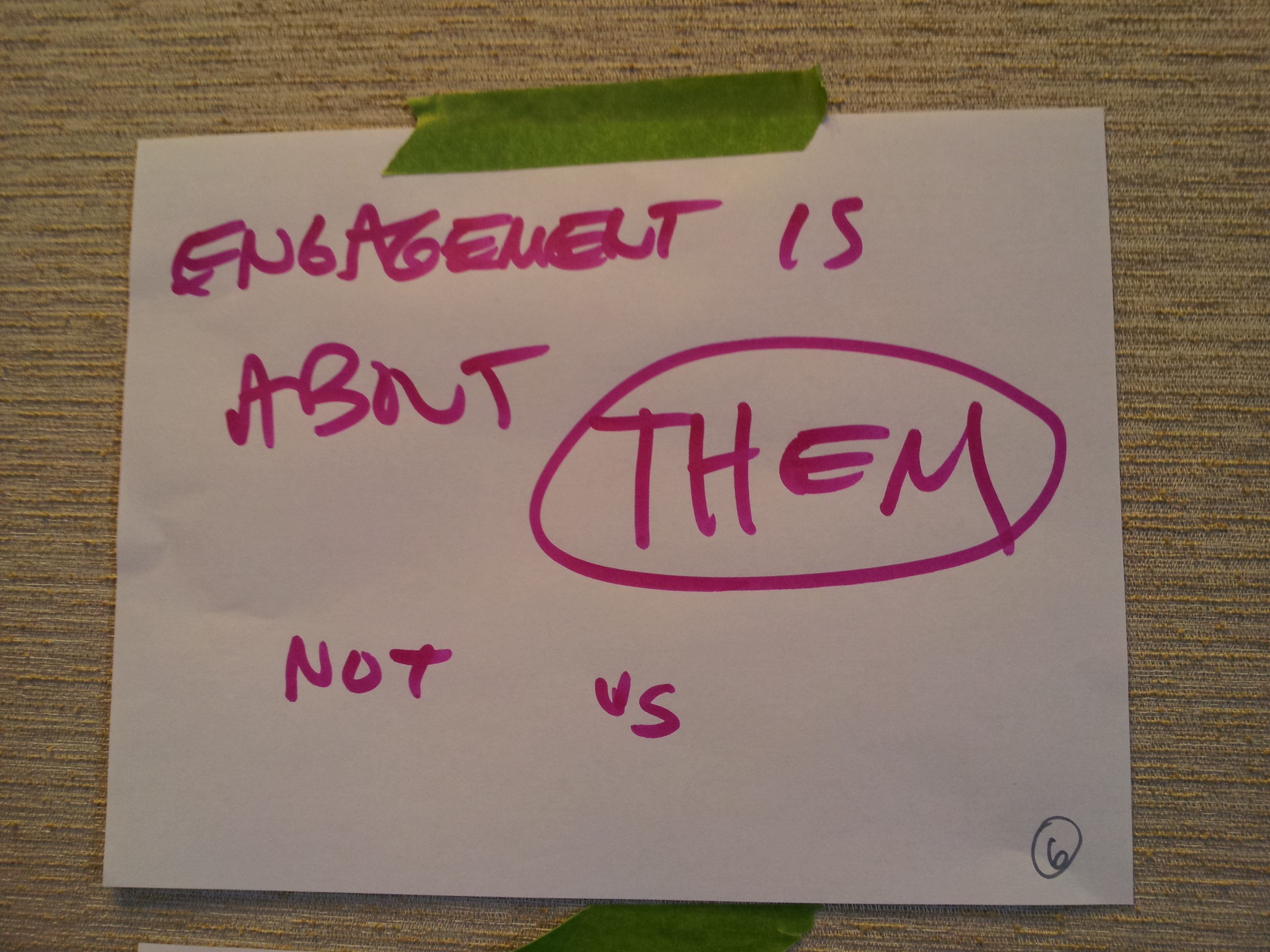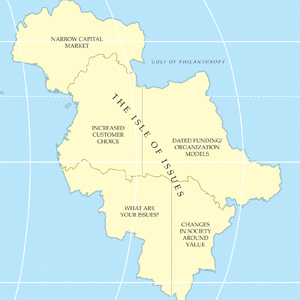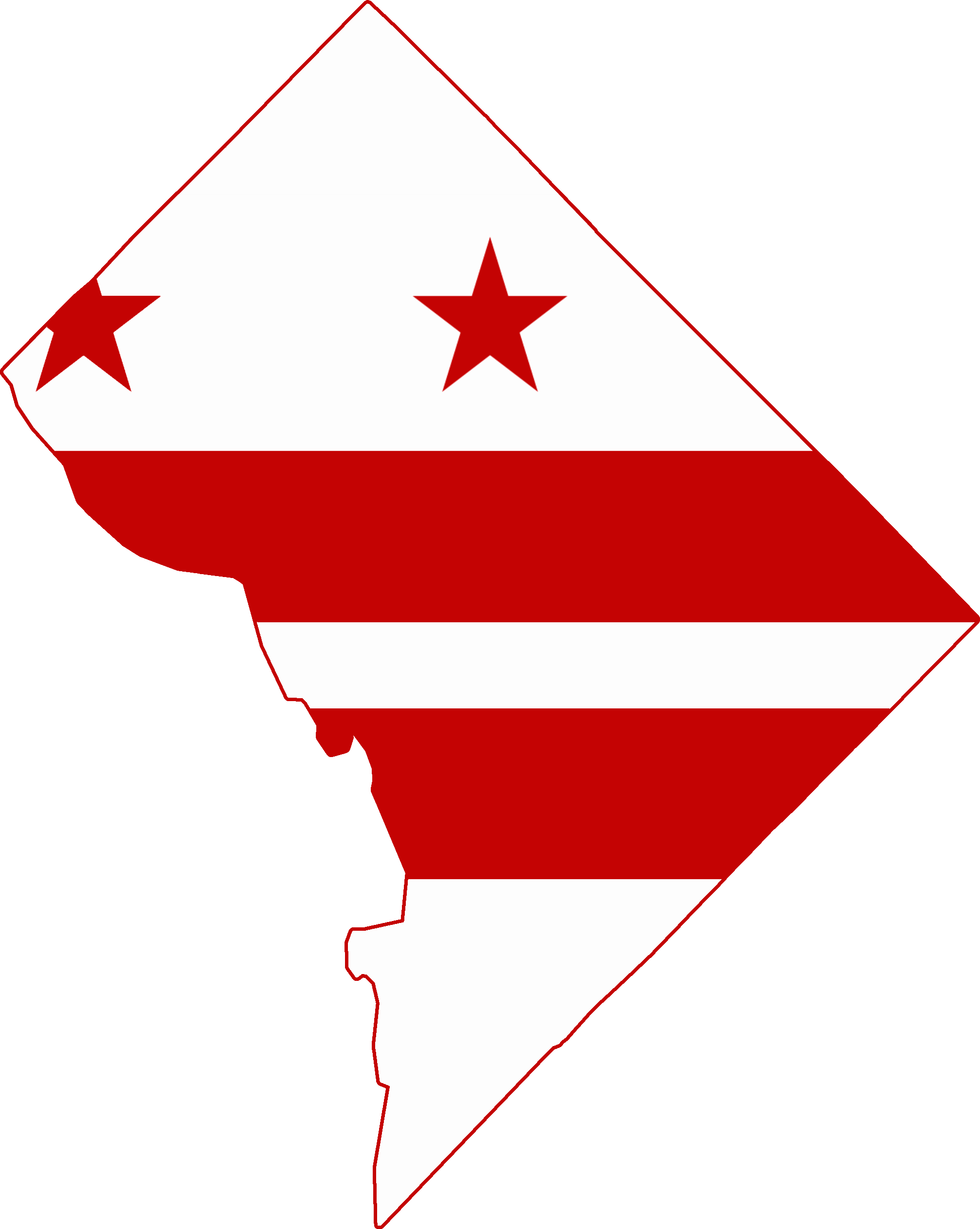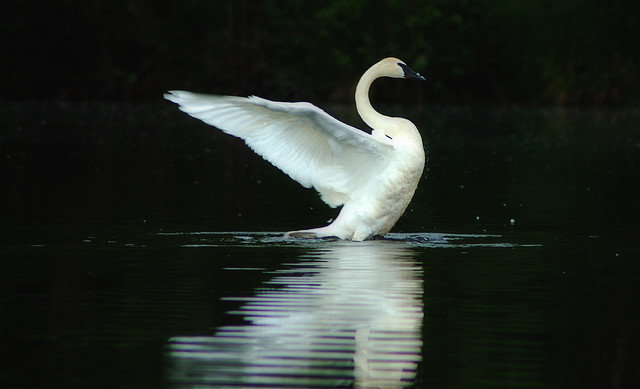Conversations about critical issues happen all the time. Conferences, blogs and community meetings offer any number of opportunities to raise and share experiences with these issues. And yet, we experience seemingly endless discussion with little discernible progress towards shared solutions. Throughout the field, our colleagues are working towards creating meaningful conversations that result in collective action and shared solutions. NAS is experimenting with an ideation process to lend form and action to conversations The Ideation Summit … [Read more...]
The Myth of the Lone Genius: A Leading Innovation in Arts and Culture Conversation
We’ve just wrapped our first Massively Open Online Course (MOOC) Leading Innovation in Arts and Culture. This unique course was created by Dave Owens at Vanderbilt University and customized for the arts and culture sector by National Arts Strategies. This eight-week course, offered on the Coursera platform, brought more than 9,000 artists, arts administrators and cultural entrepreneurs from around the world together to discuss the specific constraints to creating good ideas in our field and to build strategies for successful innovation. This … [Read more...]
A Framework for Meaningful Engagement
Editor’s note: As part of our blog event for The Summit at Sundance, we have invited participants in The Chief Executive Program to frame each of our problems to solve. Here, John Wetenhall poses a series of questions for thinking about the problem: Engage users/customers/stakeholders as true collaborators in shaping an institution's agenda. Beyond any fiscal challenges that cultural organizations may face, the core of what we do involves a meaningful, resonant and personal relationship with every human being who engages with our form of … [Read more...]
Relinquishing Control
Editor’s note: As part of our blog event for The Summit at Sundance, we have invited participants in The Chief Executive Program to frame each of our problems to solve. Here, Keith Winsten takes on the problem: Engage users/customers/stakeholders as true collaborators in shaping an institution's agenda. Across many types of experiences, from retail to food to leisure, consumers are demanding more and more customization. And the rise of smart phones and other handheld digital media devices have made this customization available in real time. … [Read more...]
Mapping the Issues
How do you incorporate feedback from audiences, donors and other stakeholders to design a season, exhibit or service? This is a common question among cultural organizations striving to become more relevant and inclusive, and NAS is right there with them. Throughout The Chief Executive Program, we heard from leaders that they desired the time work together to find solutions to their toughest challenges. We knew that we wanted The Summit at Sundance to be the place for participants to do just that. Our task was to figure out the “how” – How do … [Read more...]
The Summit at Sundance
Editor's note: Over the next two weeks, we’ll feature posts around the final convening of our Chief Executive Program, The Summit at Sundance. We invite readers to participate in an online discussion of four major issues facing the cultural field. In this post, Sunny Widmann introduces the event and the process we’ll use. As with many organizations, National Arts Strategies has a portfolio of programs that carry with them varying degrees of risk and return. When we know that something’s working well, we can keep it running with the … [Read more...]
Collaboration is key in D.C.
This post appears as part of the ARTSblog Emerging Leaders Blog Salon, in which emerging leaders from around the country were asked, “What would make where you live a better place or bring it to the next level?” I moved to Washington D.C. four years ago, after living in a village of 600, and I absolutely love where I live. I enjoy trying new restaurants, seeing world premiere plays, watching drummers and acro-yogis perform in my favorite public park and the proximity of it all. Although I cannot deny the benefits of living near national … [Read more...]
An Unlikely Partnership: Reinventing Swan Lake
Developing audiences, deepening engagement and expanding creative horizons are some of the biggest concerns of the leaders we work with at National Arts Strategies. With increasing entertainment options and access to technology, organizations feel the need to make their work more innovative and appealing to modern consumers, but many struggle in figuring out how to do so. For some, exploring new forms of collaboration can be the answer to remaining relevant and competitive in today’s environment. Earlier this year, Ballet Memphis Founding … [Read more...]
Partnerships: From Good to Great
One of the most important responsibilities for any nonprofit is to understand how you can best leverage organizational assets to serve your mission and your constituents. But often, our assets alone aren’t plentiful enough to let us deliver on our mission with the level of impact we’d like. Partnerships are one way to do more without the requirement of additional internal resources, but it’s important to enter into a partnership for the right reasons. Regardless of shared vision or a great rapport, making the most out of collaborations requires … [Read more...]
Collective Impact
As in other nonprofit sectors, most energy and resource in our sector is focused on what the authors call "isolated impact" at the organizational level. Can the full value of arts and culture in society, to enhance lives and deepen democracy, be realized through this approach or do these complex possibilities need a different strategy? When discussion in the cultural field turns to collective action, it tends to turn toward lobbying and advocacy and changing public opinions of the arts. This article suggests a different focus for collective … [Read more...]
Building a New American Theater of the Commons
In "Building a New American Theater of the Commons," Polly Carl and Vijay Matthew of The American Voices New Play Institute discuss the need to approach theater as a "We" rather than a "Me." They cite the ideas behind the regional theater movement of the 1960s: "...that cultural institutions like theaters, museums, and symphonies are a value proposition and compose the life-blood of any city along with libraries, schools, hospitals and public works. It was born out of the same collaborative impulse that is required in making a great play—a … [Read more...]
Give Smart: Philanthropy that Gets Results
We often talk about strategy, competitive advantage, and differentiation from a traditional business perspective in our work. We consider these concepts essential for arts leaders given the range of competitors cultural organizations face today for money, attention, and time. We also consider this understanding essential for effective collaboration across arts organizations: each player in the community needs to know exactly what they do best and what unique benefit they contribute to the cultural "ecosystem," so together they can assemble … [Read more...]
Why Tate Modern needs to expand | The Art Newspaper
A very interesting piece in The Art Newspaper by the Director of Tate Modern. He talks about the changing reality for museums and presents a case for the future of the Tate. “For Tate to have a sustainable future, we will need to stretch the principles of collaboration and exchange. Collaborations will require that we abandon some notions of institutional demarcation or sole authorship, and replace them with public access, integration, and the widest possible engagement with academics, artists and specialists elsewhere.” Why Tate … [Read more...]
Leaders in co-creation? Why and how museums could develop their co-creative practice with the public
This paper explores increasing co-creation in museums as a means to creating better, more relevant and innovative programming and exhibits. Using performing arts examples and business literature, Govier argues that collaborative development and co-creation should be pursued with more in mind than audience development/engagement or educational programming and outreach. While the research focuses on the application of these concepts for museums, the ideas are relevant to all arts and culture organizations. Found via Nina Simon's summary … [Read more...]

